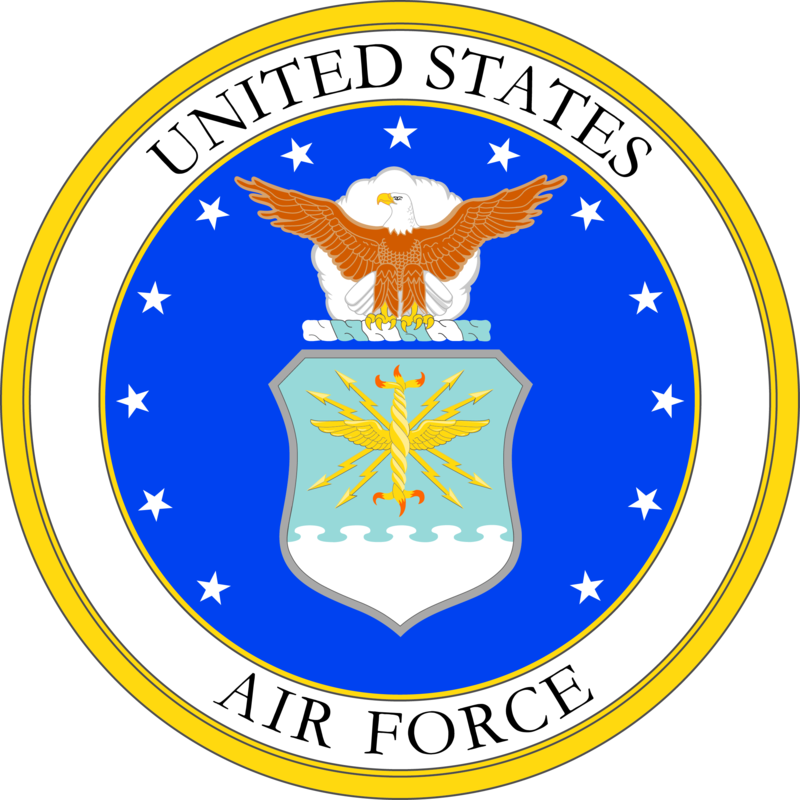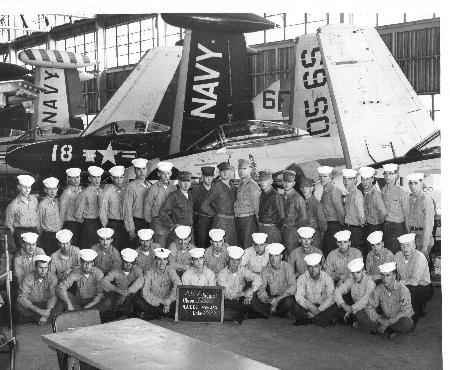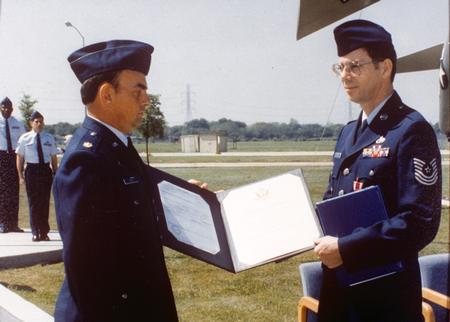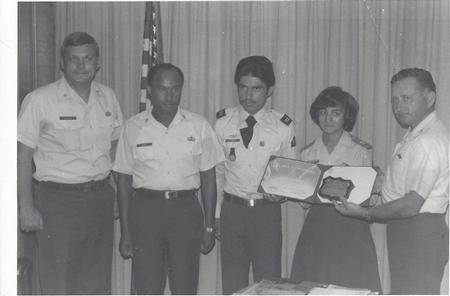ABOUT ATC Moody AFB GEORGIA
- Origins: Moody Air Force Base (AFB) was established in 1941 as Moody Army Airfield, named after Major George Putnam Moody, a test pilot killed in 1941.
- World War II Training Hub: During WWII, Moody AAF served as a key pilot training base, graduating thousands of pilots for the Allied war effort.
- Transition to the Air Force: With the creation of the U.S. Air Force in 1947, Moody Army Airfield was redesignated as Moody Air Force Base.
- ATC Era: Moody AFB was assigned to Air Training Command (ATC) in the late 1940s, serving as a major pilot training base for both primary and advanced flight training.
- Aircraft Variety: Over the years, Moody AFB hosted numerous aircraft for training, including the T-6 Texan, T-33 Shooting Star, F-86 Sabre, and T-37 Tweet.
- Foreign Pilot Training: In addition to training U.S. pilots, Moody AFB provided flight instruction to allied pilots from countries including Saudi Arabia, Venezuela, and Germany.
- Desegregation: Moody AFB played a role in the integration of the U.S. military, with African-American pilots and instructors training at the base in the late 1940s and 1950s.
- Transition Out of ATC: In 1975, Moody AFB's pilot training mission ended and the base was transferred from Air Training Command to Tactical Air Command, marking the end of its ATC era.
- Notable Alumni: Several pilots who trained at Moody AFB went on to become generals and astronauts, contributing significantly to U.S. air and space operations.
- Historic Preservation: Moody AFB maintains a base museum and several preserved WWII-era hangars, showcasing its rich pilot training heritage during the ATC period.





